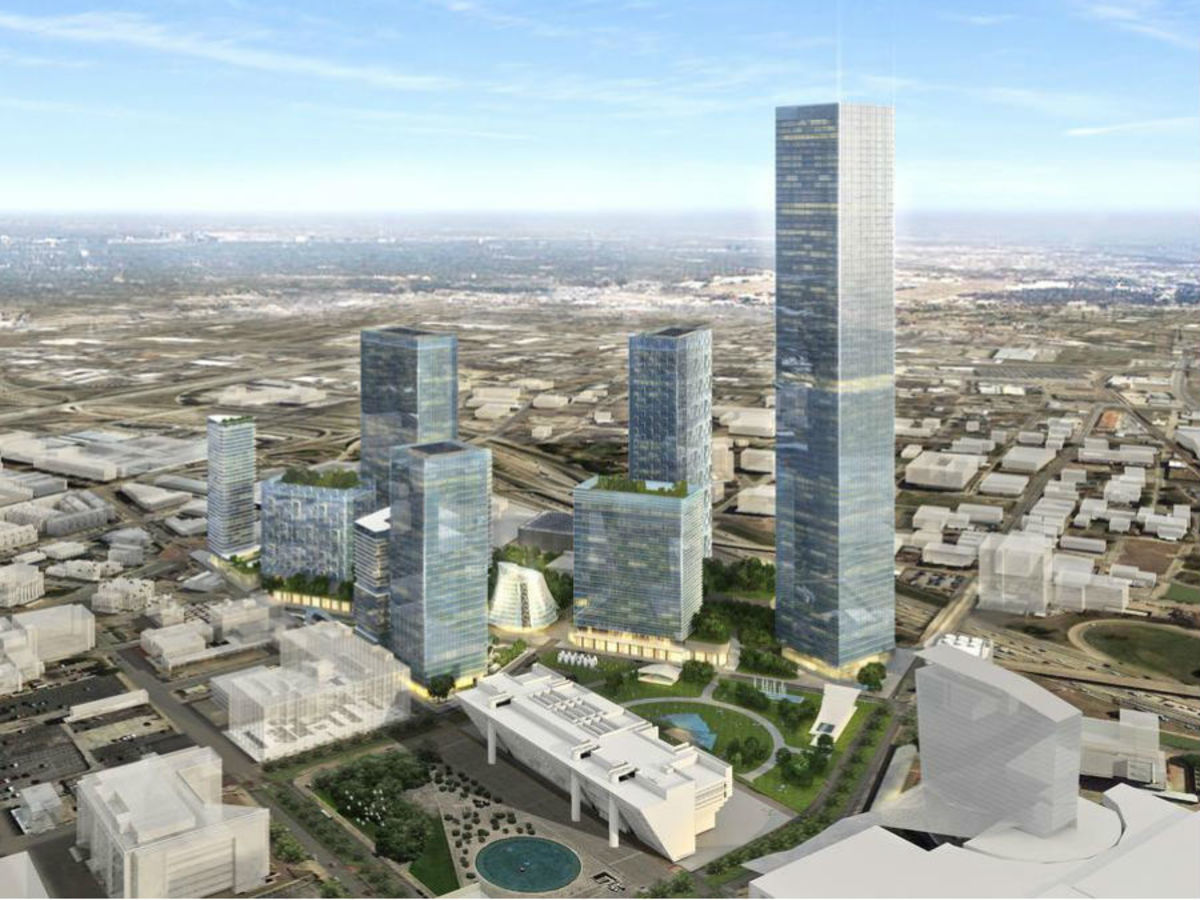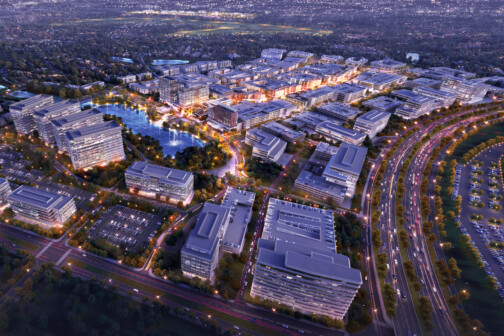A few months ago, when the editors at D CEO asked me to look into a new tax incentive called Opportunity Zones, I have to admit, I had no idea what they were talking about.
I wasn’t alone.
When President Donald Trump’s tax bill passed in 2017, all the attention was focused on the steep tax breaks in the deal. Only a handful of policy wonks—including Napster-founder and early Facebook investor Sean Parker, whose Economic Innovation Group helped lobby Opportunity Zones into the tax bill—were celebrating the provision. As it turns out, there were a handful of Dallas investors who were also carefully watching it play out.
Opportunity Zones allow investors realize tax breaks on capital gains if those gains are reinvested for a period of time in economically challenged communities. Drafters of the measure hoped the incentive would create a rush of new investment in low-income communities that could create thousands of new jobs. But in Dallas, that’s not what I found. For reasons I lay out in the D CEO piece, which goes online today, Opportunity Zones’ largest potential impact locally lays in accelerating the development of parts of town that are already primed for investment, from the southern edge of downtown to the Cedars.
As I was putting the D CEO article to bed, this report appeared in the New York Times. It outlines how across the country Opportunity Zones are not fueling community reinvestment, but rather steering tax-free dollars into luxury developments. The picture doesn’t exactly match the situation in Dallas, but it echoes some of the concerns voiced in this report by the Federal Reserve Bank of Dallas. Opportunity Zones may have been created to boost investment in low income communities, but they may supercharge gentrification, Emily Ryder Perlmeter, who wrote the Dallas Fed report, told me. Perlmeter says Opportunity Zones will work best when local jurisdictions can get out in front of the investment dollars and provide the planning, zoning, and local guidance needed to realize an upside for poorer communities.
It sounds like Dallas civic leaders are starting to organize efforts to maximize the upside of Opportunity Zones, but there isn’t a lot of time. The rules and regulations around Opportunity Zones set various deadlines which limit the upside of investing in them. There’s a lot of capital sitting impatiently on the sidelines eager to get into the game. Jim Schutze fears that this all may play into a vast conspiracy on the part of developers to take over South Dallas. In my D CEO article, however, developer Ray Washburne raises a different concern.
Washburne worries that the capital gains tax breaks look so sweet that inexperienced real estate investors and developers may charge into communities that don’t possess the economic fundamentals to support that investment. An excess of cheap capital with an incentive to dive into riskier and riskier investments: to Washburne that sounds a lot like the savings and loan crisis.
Read all about it here.






